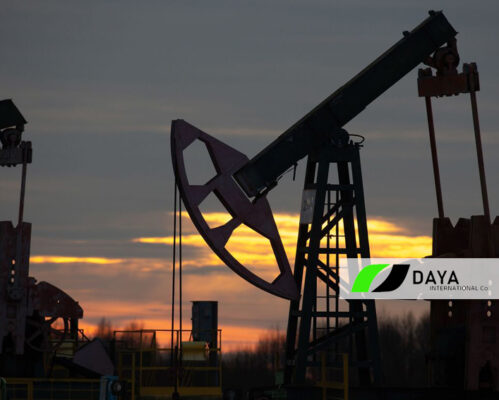The Covid-19 pandemic has marked the end of an era for Southeast Asia’s combined oil and gas production, pushing the region’s output in 2021 to below 5 million barrels of oil equivalent per day (boepd) for the first time since 1998, a threshold that is not likely to be exceeded again in the future despite new project start-ups in coming years, a Rystad Energy analysis shows.
Daily average hydrocarbon production tumbled to 4.86 million boepd in 2021, down from 5.06 million boepd in 2020, and a massive 12% drop compared to the pre-pandemic volumes of 5.5 million boepd in 2019, Rystad Energy data shows.
Operators have struggled to regain production losses triggered by the pandemic as operators slowed down activity levels amid an unprecedented disruption in oil markets. The decline is projected to continue into the middle of the decade. Although volumes will remain stable in 2022, production will drop an additional 10% by 2025 to around 4.3 million boepd versus current levels.
“Liquids production in Southeast Asia has been on the decline for almost 20 years due to a lack of discoveries and project sanctioning activities in the region. While new government incentives may help, the region looks set to experience declining production levels well into the future,” says Prateek Pandey, upstream vice president
By contrast, natural gas production in the region stayed steady between 2009 and 2019, at around 20.8 billion cubic feet per day (Bcfd). Despite expectations of a rise in gas sales volume that would counter the 8% fall in production in 2020, volumes are expected to be down around 2% this year compared to 2020, at about 19 Bcfd. This is primarily due to falling production at mature legacy projects including Mahakam, MLNG Dua and MLNG Satu PSCs, Yetagun.


